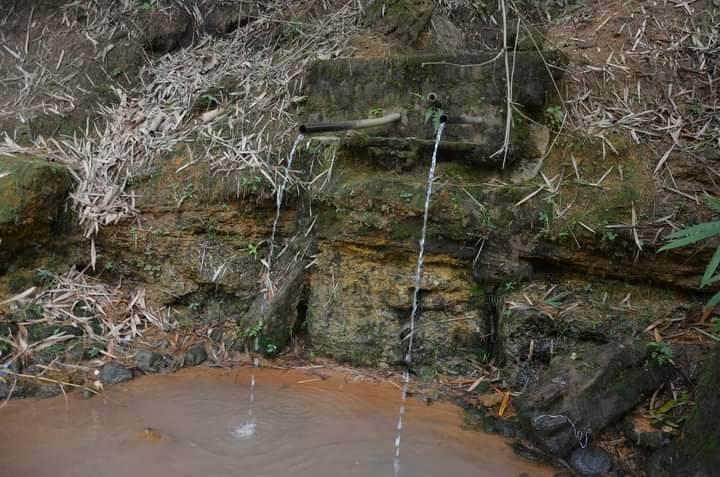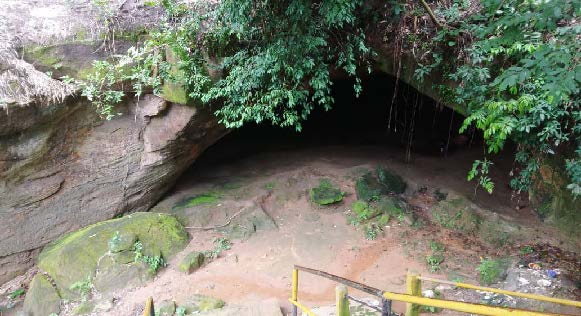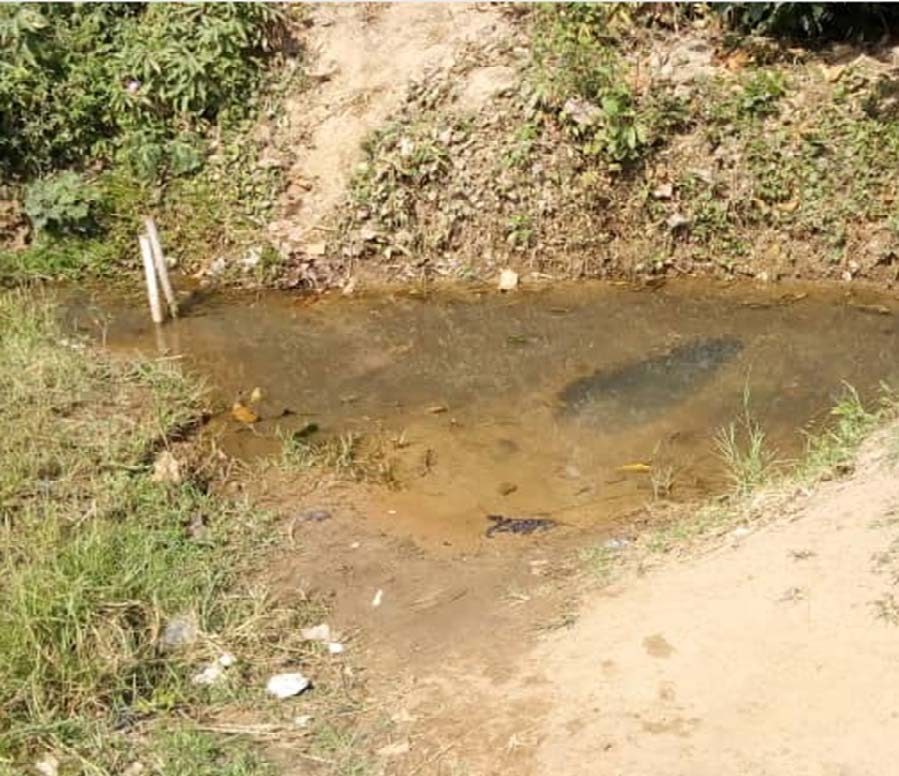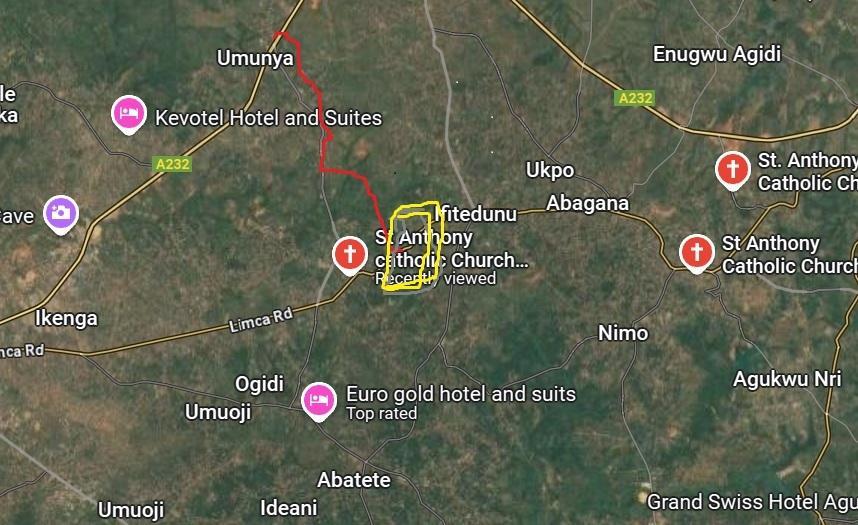Upcoming Publications:
Mmili Udide: Echoes of the Forsaken
Bringing the Project to Life
Under Development*

‘Mmili Udide’ – The Entwined Stream
It is a bridge between worlds: between the past and present, between oral tradition and written word, and between those who lived these stories and those who will come to know them through the page. This work will capture histories and legends before they are lost, weaving them into a narrative that is as immersive as it is necessary. The project is rooted in the rhythms of southeastern Nigeria – its sights, its voices, its textures – and invites readers to walk those paths, hear those voices, and feel the weight and wonder of a world rarely seen beyond its borders.
The book’s name comes from a real, sacred stream. To stand at Mmili Udide is to see time slow. The water threads through bamboo and moss, its surface reflecting sky and story. Elders say you can hear history in the rush of its current; children come to paddle and play, while stories and rituals are whispered at its edges.
That is where this novel begins – by a stream, with a man, and with a story that carries both grief and hope.
The stream’s still pool, described in my manuscript as ‘a thin silvery thread unspooling through the forest.’ A place of cleansing, ritual, and story.
Mmili Udide begins humbly — a thin, silvery thread trickling out from the belly of ancient rocks in a secluded gorge, hidden by tangled bamboo and shrubby undergrowth. It seeps gently at first, dampening moss and clay with a quiet persistence, until it gathers enough voice to form a fragile stream. As it winds its short course, the water slips over stones streaked with rust and green, whispering over fallen leaves, drawing little rivulets that braid together. At certain points, it disappears under matted roots and reappears a few paces downstream, as if playing hide and seek with anyone who dares to follow its secret path. Eventually, this playful spirit collects itself into a small pond, shadowed by the leaning trees. The pond is not wide, but it holds a curious depth, its surface dark like polished wood under the canopy. Near the edges, you can see pale roots trailing in, stirring slightly. The water is cold — startling cold — and carries a faint metallic tang of stone and earth. It was here, in this unassuming pool, that Ekedi stumbled.
The Story:
At the heart of ‘Mmili Udide: Echoes of the Forsaken’ is Ekedi – a man who, as a boy, fell ill. His late mother’s family took him in, nursing him with a mix of duty and love, but time wore them down. In a world where sickness carried more than pain – it carried stigma – their kindness frayed, and eventually they, too, turned away. Ekedi’s life is shaped by that fracture: the quiet moments of care that once kept him alive, and the echoing silence of abandonment that followed. The manuscript does not shy from showing what that life felt like. We see Ekedi lifted onto the ‘Okwa mgbapụ,’ a bamboo-framed stretcher, its poles bound with raffia rope, its weight biting into neighbours’ shoulders as they heave him along narrow red-earth paths. We hear the creak of bamboo under strain, the low grunts of effort, the call of birds overhead. The stretcher is crude, but it is all there is – a lifeline carried by human hands.
There are moments of grace too: an aunt humming an old song while tending to him; a bowl of water offered with a wordless kindness; and memories of his mother, long gone, woven through his days like threads in a cloth. But there is also the sharp sting of rejection, and the isolation of a man caught between worlds – not fully claimed by the healthy, yet not ready to surrender to despair.
The World of the Project:
The world of ‘Mmili Udide: Echoes of the Forsaken’ is as much a character as Ekedi himself. The stream is its spine – sacred, whispering, eternal – but around it sprawls a tapestry of places, each with its own weight. There is the ‘evil forest,’ a tangle of shadow and root where the unwanted were once driven, a place feared and whispered about in equal measure.

There are bamboo groves, green and rattling in the wind, where the poles for the Okwa mgbapụ stretchers were cut. There are caves, their mouths dark and cool, places of ritual and myth. The manuscript makes these places breathe: you can smell wet earth and wood smoke, hear the echo of footsteps on stone, feel the press of leaves against your skin.
The shadowed mouth of the cave at Mmili Udide, tied to centuries of legend and ritual. Locals tell of elders whispering prayers at its edge, of offerings left where sunlight fades, and of the cave as a threshold between the seen and unseen.

Bank of Mmili Udide: The riverbank where bamboo leans over still Water, a place where stories were told, drums once echoed, and the village gathered for both ceremony and solace. This bend of the stream has carried memory for generations.
A Proven Voice:
This is not Uzoamaka’s first act of storytelling. Her memoir, ‘Beyond Time’s Reach,’ was published just months ago, already finding readers and proving her ability to shape narrative with honesty and depth. That book – intimate and reflective – offered a glimpse of her voice. ‘Mmili Udide’ will expand that voice into something vast: a sweeping historical fiction of more than 120,000 words, bringing forgotten stories to life.
The Maps and the bamboo forest showing the sacred stream and the bamboo groves where Okwa mgbapụ stretchers were made, tying geography to story.
- The yellow boxed area shows the valley where the sacred stream Mmili Udide lies, a forested gorge surrounded by bamboo clusters, shrubs, and rugged paths. It is here that villagers performed rituals and where Ekedi, rejected and suffering from leprosy, sought healing in the sacred waters. - The red line traces the footpath Ekedi took after emerging from Mmili Udide’s depths, his body ravaged but spirit clinging to hope. The path winds through dense undergrowth, flanked by tall bamboo and hidden birdsongs, all the way toward Umunya, seen at the top of the map.

- Near Umunya stood the missionary institute, whose influence had begun to transform the region’s cultural and spiritual landscape. Along this path, Ekedi — weak, fearful of being captured or mocked — hid in the bushes when he heard missionaries singing their anniversary hymns. News of the “horrible creature” (as villagers called him) spread quickly through the town.
This landscape grounds the novel in real places, blending oral history and geography to deepen its themes of exile, survival, and the haunting pull of tradition.
Shaded bend of the river near Mmili Udide, where the forest presses close to the water’s edge.
Echoes of the Forsaken
In that moment, the villagers knew that Ekedi’s legacy would endure, woven into the very fabric of their community through his sons and the truth that had finally set them free. They were bound together not just by tradition, but by the unbreakable ties of blood, love, and shared history. And as they stood on the banks of the sacred stream, they felt the presence of their ancestors guiding them forward, into a future where the spirit of truth and unity would shine brightly for generations to come, the whispers of Mmili Udide carrying a new song of belonging.

The village of Umunnachi was no longer defined by its secrets, but by its newfound unity, ready to embrace whatever the future held, their bonds forged in truth and strengthened by the enduring power of family.

